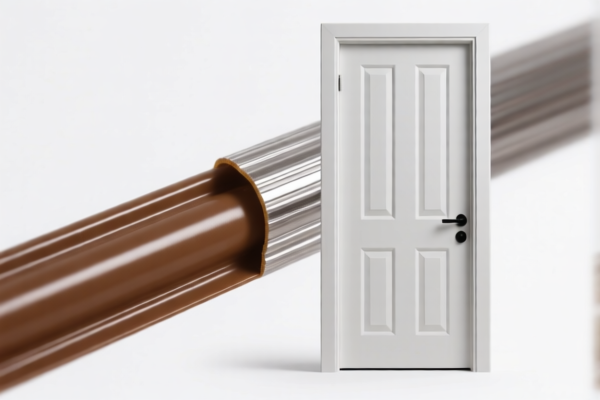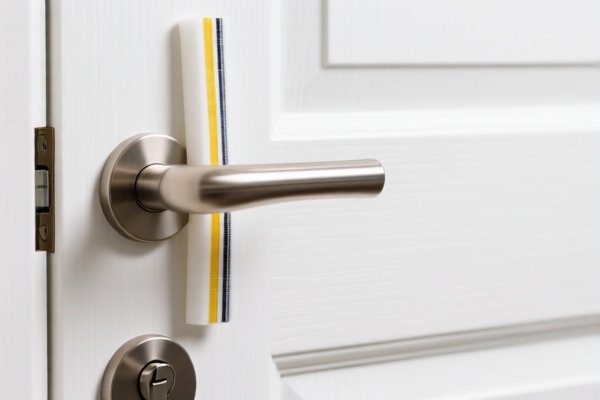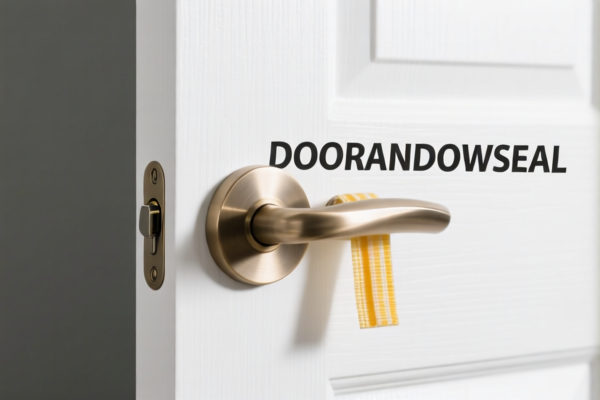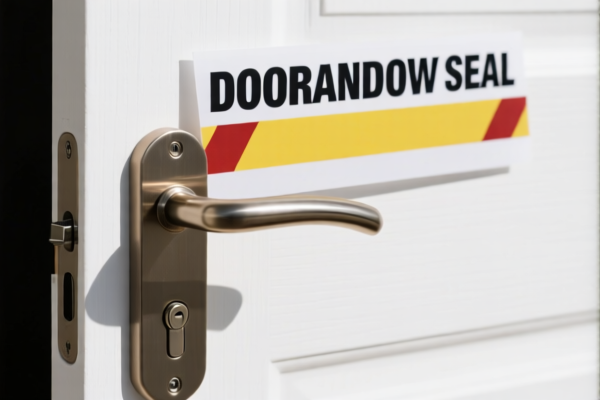| HS Code | Official Doc | Tariff Rate | Origin | Destination | Effective Date |
|---|---|---|---|---|---|
| 4016100000 | Doc | 55.0% | CN | US | 2025-05-12 |
| 3912900090 | Doc | 60.2% | CN | US | 2025-05-12 |
| 3925200010 | Doc | 42.8% | CN | US | 2025-05-12 |
| 3925200020 | Doc | 42.8% | CN | US | 2025-05-12 |
| 8307906000 | Doc | 58.8% | CN | US | 2025-05-12 |




Okay, let's break down the HS codes and tax implications for your declared goods, "DOORANDWINDOWSEAL". I'll provide a structured analysis to help you understand the classification and potential costs.
Understanding HS Codes: A Quick Primer
HS codes (Harmonized System codes) are internationally standardized codes used to classify traded products. The first two digits generally indicate the chapter, the next two the subheading, and further digits provide more specific details. Here's a breakdown of each code you provided:
1. HS Code: 4016.10.00.00 – Other articles of vulcanized rubber other than hard rubber: Of cellular rubber
- 40: Rubber and articles thereof. (This chapter covers all types of rubber products.)
- 16: Articles of vulcanized rubber other than hard rubber. (Specifies we're dealing with vulcanized rubber, not the very hard, dense kind.)
- 10: Of cellular rubber (This indicates the rubber is foamed or sponge-like.)
- 00: Further specification – in this case, a general classification within cellular rubber.
- Tax Details:
- Basic Duty: 0.0%
- Additional Tariff: 25.0%
- Post April 2, 2025: Additional Tariff increases to 30.0%
- Total Tax: 55.0%
Important Note: "Cellular rubber" is key here. Ensure your product is genuinely cellular rubber (e.g., foam seals). The composition and density will be important if questioned by customs.
2. HS Code: 3912.90.00.90 – Cellulose and its chemical derivatives, not elsewhere specified or included, in primary forms: Other Other
- 39: Plastics and articles thereof.
- 12: Cellulose and its chemical derivatives.
- 90: Other (This is a catch-all for cellulose derivatives not specifically listed elsewhere.)
- 00: Further specification.
- 90: Further specification.
- Tax Details:
- Basic Duty: 5.2%
- Additional Tariff: 25.0%
- Post April 2, 2025: Additional Tariff increases to 30.0%
- Total Tax: 60.2%
Important Note: This code is for primary forms of cellulose derivatives. If the cellulose is part of a finished product (e.g., a coating on a seal), this code might not be correct.
3. & 4. HS Code: 3925.20.00.10 & 3925.20.00.20 – Builders' ware of plastics, not elsewhere specified or included: Doors, windows and their frames and thresholds for doors / Windows and window frames
- 39: Plastics and articles thereof.
- 25: Builders' ware of plastics.
- 20: Doors, windows and their frames and thresholds for doors.
- 00: Further specification.
- 10: Doors and door frames
- 20: Windows and window frames
- Tax Details (Both Codes):
- Basic Duty: 5.3%
- Additional Tariff: 7.5%
- Post April 2, 2025: Additional Tariff increases to 30.0%
- Total Tax: 42.8%
Important Note: The distinction between code 3925.20.00.10 (doors & frames) and 3925.20.00.20 (windows & frames) is crucial. Ensure you classify correctly based on the primary component of your shipment.
5. HS Code: 8307.90.60.00 – Flexible tubing of base metal, with or without fittings: Of other base metal: Other
- 83: Base metal articles.
- 07: Flexible tubing of base metal.
- 90: Of other base metal.
- 60: Further specification.
- 00: Further specification.
- Tax Details:
- Basic Duty: 3.8%
- Additional Tariff: 25.0%
- Post April 2, 2025: Additional Tariff increases to 30.0%
- Total Tax: 58.8%
Important Note: "Other base metal" is broad. Specify the metal (e.g., aluminum, copper) if possible.
Recommendations & Next Steps:
- Material Verification: Crucially, double-check the exact composition of each component of your "DOORANDWINDOWSEAL" products. The HS code is heavily dependent on the material.
- Single vs. Combined Goods: If your shipment contains multiple components (e.g., rubber seals and plastic frames), determine if they should be classified separately or as a combined good.
- Valuation: Ensure your declared value is accurate. Customs will scrutinize this, especially with additional tariffs in place.
- Certifications: Depending on the end-use of the products, you may need certifications (e.g., safety standards, environmental compliance).
- Post-April 2, 2025 Tariffs: Be aware of the tariff increases coming into effect on April 2, 2025. Factor this into your cost calculations.
- Consult a Local Broker: I highly recommend consulting with a customs broker in your destination country. They can provide specific guidance based on your shipment and local regulations.
Disclaimer: I am an AI and cannot provide definitive customs rulings. This information is for general guidance only. Always consult with a qualified customs professional for accurate and up-to-date advice.
Customer Reviews
No reviews yet.